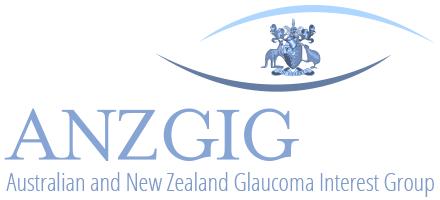What is Ocular Ultrasound?
Ocular ultrasound, also known as ocular echography, "echo," or a B-scan. It is a quick, painless, non-invasive test routinely used in clinical practice to assess the structural integrity and diagnose any pathology of the eye.
It can provide additional information not readily obtained by direct visualization of ocular tissues.
Because the eye is a fluid-filled structure, ultrasound is an easy to use modality for visualization of the ocular anatomy and any pathology.
Ocular Ultrasound is similar to other ultrasound technology. It uses reflected sound waves to create an image.
What Conditions Can Ocular Ultrasound Help Diagnose?
An Ocular Ultrasound helps in the diagnosis of
- tumours,
- retinal detachment, and
- other conditions
Why Has an Ocular Ultrasound Been Recommended?
Ocular ultrasound is particularly useful in patients with pathology that prevents or obscures ophthalmoscopy such as:
- Retinal Detachment or Retinal Tears
- Large corneal opacities,
- Dense Cataracts,
- Vitreous Haemorrhage
- Posterior segment media haze preventing clinical evaluation
Ocular ultrasound is recommended to help understand:
- Reasons for decreased or loss of vision
- Determining the nature of ocular mass or optic disc lesion
- Differentiating retinal detachment (RD) of rhegmatogenous aetiology from an exudative retinal detachment, and also to differentiate RD from retinoschisis
- Detecting and localising intraocular foreign bodies
- Evaluating orbital lesions
- Evaluating Retina, choroid, sclera in various conditions including inflammatory diseases
What Information Can Ocular Ultrasound Show?
An Ocular Ultrasound can show:
- A change in the size of the globe
- State of the optic nerve
- Buckling of the sclera
- Foreign body in the eye
- Size of tumours
- Globe perforation
- Retrobulbar hematoma or emphysema (air behind the eye)
- Lens subluxation / dislocation
Benefits of an Ocular Ultrasound
The benefits of ultrasound include
- improved visualization of structures obscured by opaque substances,
- real-time information is available regarding conditions such as retinal detachment.
- ultrasound is safe, does not expose the patient to radiation, is widely accessible, at low cost.
Preparation For an Ocular Ultrasound
An Ocular Ultrasound requires no specific preparation. No pain is associated with the procedure.
What Happens During an Ocular Ultrasound?
An Ocular ultrasound is a quick and painless procedure with no serious side effects or risks. During the procedure:
- Anaesthetic drops will be used to numb the eye and minimize discomfort. The pupils won’t be dilated, but vision may be temporarily blurred during the test
- A probe will be placed over the eye
- You may be asked to move the eye back and forth
The test should only take 15 minutes and the results are available immediately
After an Ocular Ultrasound
You should be able to drive 30 minutes after the procedure, although you may feel more comfortable arranging for someone else to drive.
Do not rub your eyes until the anaesthetic has completely worn off. That is to protect you from unknowingly scratching your cornea.
Types of Ocular Ultrasound
A-Scan:
The A-scan measures the eye length. This helps determine the correct lens implant for cataract surgery. While sitting upright in a chair, you place your chin on a rest and look straight ahead. An oiled probe will be placed against the front portion of your eye as it’s scanned. Or if lying down, a fluid-filled cup or water bath is placed against the surface of your eye as it’s scanned.
B-Scan:
The B-scan helps to see the space behind the eye. Cataracts and other conditions make it difficult to see the back of the eye. During a B-scan, you sit with your eyes closed while a gel is placed on your eyelids. You are asked to move your eyeballs in many directions while an ultrasound probe is placed against your eyelids.







